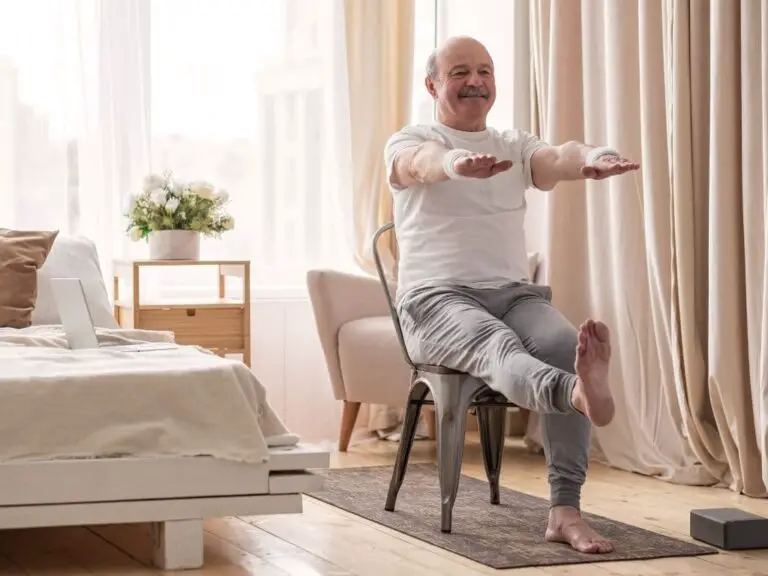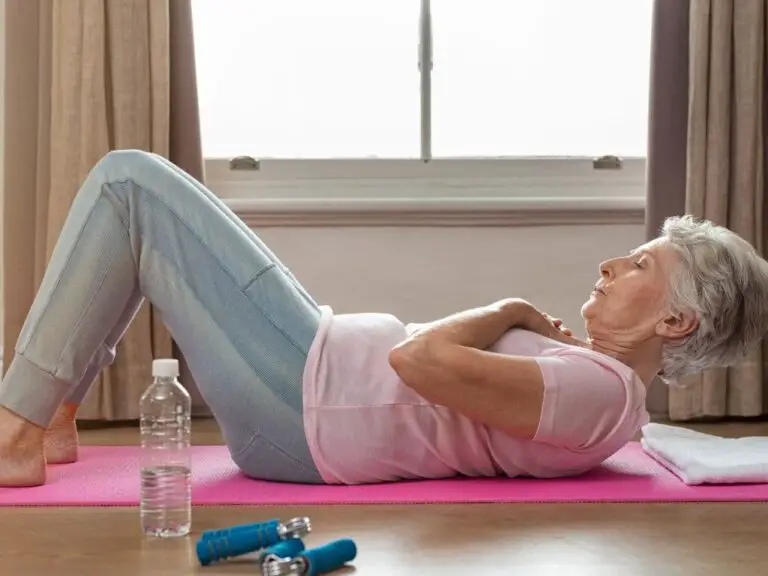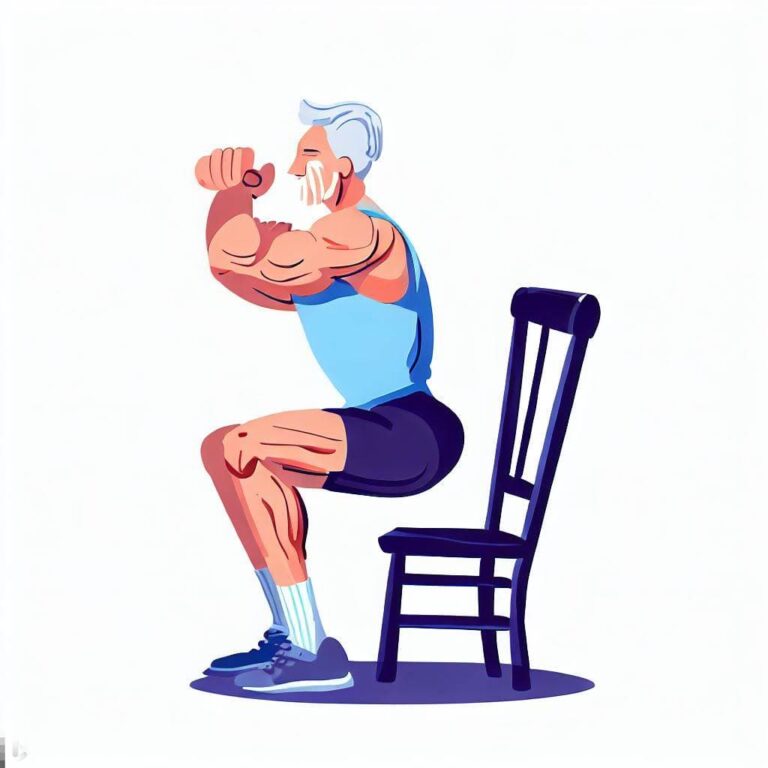How to Trim Elderly Toenails
Caring for the elderly involves more than just ensuring they eat well and take their medication. It also includes taking care of their personal hygiene, including trimming their toenails.
Trimming elderly toenails involves soaking the feet in warm water, drying them thoroughly, and using nail clippers to cut straight across the nail. Avoid cutting too short to prevent pain and infection. Smooth out rough edges with an emery board. Regular trimming helps prevent discomfort, infections, and other complications associated with long, untrimmed nails.
This article will guide you through the process of trimming elderly toenails safely and effectively.

How Important Is Regular Toenail Trimming for the Elderly?
Regular toenail trimming is an essential part of foot care for older adults. Long, untrimmed toenails can cause discomfort, pain, and even lead to serious health issues like infections or ingrown toenails. Additionally, seniors with conditions such as diabetes or poor circulation are at a higher risk of developing foot complications, making regular toenail maintenance crucial.
What Are the Steps to Trim Elderly Toenails Safely and Effectively?
Trimming elderly toenails requires patience and careful attention. Here’s a step-by-step guide:
- Soak the feet in warm water: This softens the nails, making them easier to cut.
- Dry the feet thoroughly: Use a towel to dry the feet completely before you start cutting.
- Use nail clippers: Nail clippers are safer and easier to use than scissors.
- Cut straight across: Avoid cutting into the corners as this can lead to ingrown toenails.
- Smooth out any rough edges with an emery board.
Remember, it’s important not to cut too short as this can cause pain or lead to infection.
What Are the Challenges of Trimming Toenails for the Elderly?
Elderly individuals often face several challenges when it comes to foot care due to limited mobility, poor vision, decreased sensation in their feet due to conditions like diabetes or poor circulation.
Limited mobility may make it difficult for them to reach their toes while poor vision may prevent them from seeing clearly what they’re doing which could result in accidental cuts or improperly trimmed nails.
Decreased sensation in their feet means they might not feel pain from a poorly trimmed nail until it has become a serious problem such as an infection or an ingrown toenail.
What Are the Risks of Not Trimming Toenails in the Elderly?
Neglecting regular toenail trimming can lead to several problems including:
- Pain: Long nails can press against shoes causing discomfort and pain.
- Infections: Improperly trimmed nails can cause small wounds which can easily get infected.
- Ingrown Toenails: If nails are not cut straight across, they may grow into the skin leading to painful ingrown toenails.
How Often Should Elderly People Trim Their Toenails?
The frequency of toenail trimming varies depending on how fast each person’s nails grow but generally once every three weeks is sufficient for most elderly people.
What Are The Best Tools To Use For Trimming Elderly Toenails?
Nail clippers designed specifically for thick nails are ideal because they provide better control and precision than standard clippers or scissors. An emery board is also useful for smoothing out any rough edges after clipping.
How Can I Prevent Ingrown Toenails In Elderly People?
Preventing ingrown toenails involves proper nail-trimming techniques – always cut straight across rather than rounded corners which could encourage nails growing into skin causing painful ingrowns.
What Should I Do If I Cut My Elderly Loved One’s Toenail Too Short?
If you accidentally cut a nail too short causing bleeding apply pressure with a clean cloth until bleeding stops then apply antiseptic cream bandage wound monitor closely signs infection redness swelling increased pain pus formation these symptoms indicate possible infection seek medical attention immediately
What Are The Signs Of An Infection In An Elderly Person’s Toenail?
Signs of infection include redness around nail area swelling increased warmth pain pus discharge if these symptoms present seek immediate medical attention untreated infections potentially serious especially individuals diabetes poor circulation
Maintaining good foot hygiene essential part caring elderly loved ones Regular careful toenail trimming helps prevent discomfort infections other complications associated long untrimmed nails By following steps outlined above ensure safe effective process promoting overall wellbeing those we care about most
Frequently Asked Questions
-
How do elderly take care of their toenails?
Every day, make time to let your feet breathe. You can either take off your shoes and socks while you watch television, or go naked to bed. Warm Epsom salt feet soaks are a great way to pamper your feet. Senior ladies who love to wear nail polish should give their fingers and toenails a chance to breath.
-
What helps thick toenails in elderly?
A small amount of coconut oil can be applied to thicken yellow nails. There are many over-the-counter anti-fungal nail products and ointments available. To ensure that creams penetrate deeper layers of your nails, clip and clean them before applying. A fungal nail infection can be treated with laser therapy.
-
Why are old people’s feet gross?
Dabbs says that as we get older, our sweat glands become less active and cause dry skin. Therefore, it is important to maintain a healthy hydration level. Dabbs says that home care can help to prevent or treat foot problems.
-
Why do old people’s feet hurt?
Foot pain can be caused by normal wear on joints and weakening bones as people get older. The skin of seniors is thinner and less elastic, especially on the feet. The pain that seniors feel in their feet can often be prevented.
-
How do you moisturize feet when you cant reach?
You can also use a bag, or plastic bowl to store moisturising cream. Next, put the bag/bowl on the ground and place your feet inside. Then rub the cream all over the feet. Apply the moisturising cream to one side of your feet, then the other.
-
How can I get rid of wrinkles on my feet naturally?
To prevent cracking, massage your nails often. To moisturize the nails, you can pick up a small bottle of cuticle oil to apply once per week. Regular foot and hand massages are a great way to keep your nails looking young. They also help increase blood flow, prevent wrinkles and protect them from future damage.
-
Why do elderly get thick toenails?
As we age, both our fingernails as well as our toenails become thicker. It’s only noticeable with the toenails as they aren’t filed or buffed as frequently as fingernails. As we age, our nails grow slower. Nail cells accumulate, leading to thickening.
-
Why are my toes changing shape as I get older?
Williams says that the most visible sign of aging in your feet is its change in size and shape. As time goes by, ligaments and tendon lose strength. This is reflected in the feet as the arch becomes less strong and falls more often. It flattens the foot and increases the length of the toes.
-
Why do toes get crooked with age?
First, your muscles tighten. Because your muscles are held in an confined space for extended periods of time, they cannot relax. This causes gradual muscle tightening. Your tendons can contract, or shrink. Your muscles and bones are connected by your tendons.
-
What happens to your feet as you get older?
Are feet affected by age? Their size doesn’t necessarily change. As we get older, our feet can become wider and not shorter. The same thing happens to the elasticity of feet as other parts of our bodies. This causes the arches to sag and become wider.
Conclusion
There are many foot care products for seniors on the market. Some of these products include: creams, lotions, powders, and gels. There are also a variety of devices that can be used to trim and file nails such as electric nail files, pedicure kits, and toe separators. With so many options available, it can be difficult to choose the right product or device for your needs. However, by consulting with a podiatrist or other medical professional, you can ensure that you select the best foot care products for seniors based on your individual needs.






